Joao Paulo Carvalho
A survey of textual cyber abuse detection using cutting-edge language models and large language models
Jan 09, 2025Abstract:The success of social media platforms has facilitated the emergence of various forms of online abuse within digital communities. This abuse manifests in multiple ways, including hate speech, cyberbullying, emotional abuse, grooming, and sexting. In this paper, we present a comprehensive analysis of the different forms of abuse prevalent in social media, with a particular focus on how emerging technologies, such as Language Models (LMs) and Large Language Models (LLMs), are reshaping both the detection and generation of abusive content within these networks. We delve into the mechanisms through which social media abuse is perpetuated, exploring the psychological and social impact. Additionally, we examine the dual role of advanced language models-highlighting their potential to enhance automated detection systems for abusive behavior while also acknowledging their capacity to generate harmful content. This paper aims to contribute to the ongoing discourse on online safety and ethics, offering insights into the evolving landscape of cyberabuse and the technological innovations that both mitigate and exacerbate it.
ConText at WASSA 2024 Empathy and Personality Shared Task: History-Dependent Embedding Utterance Representations for Empathy and Emotion Prediction in Conversations
Jul 04, 2024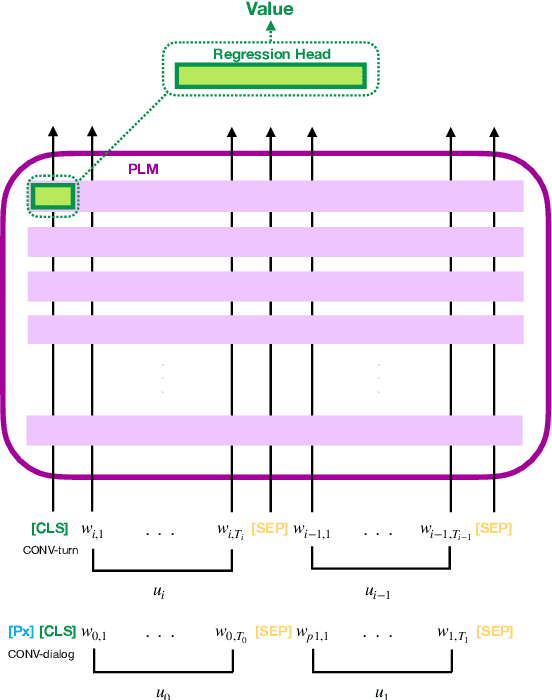
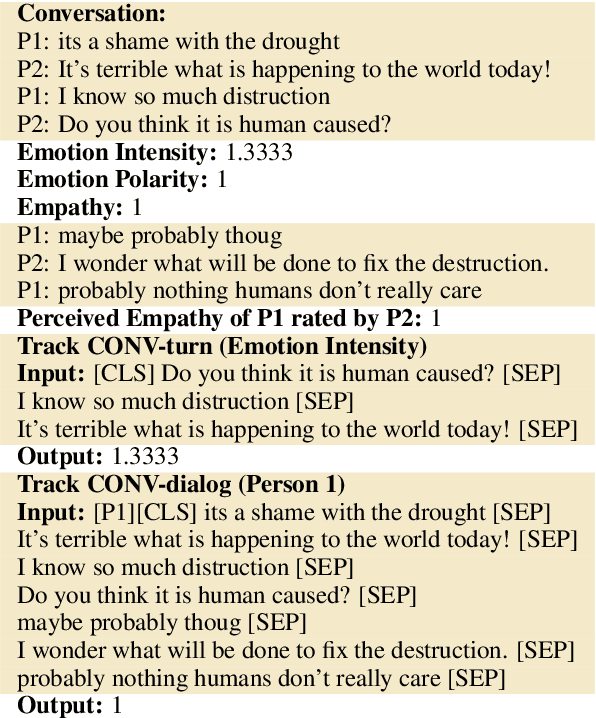
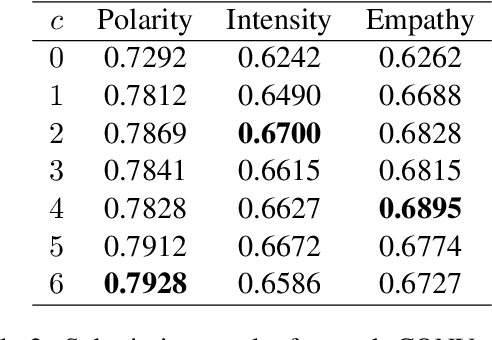
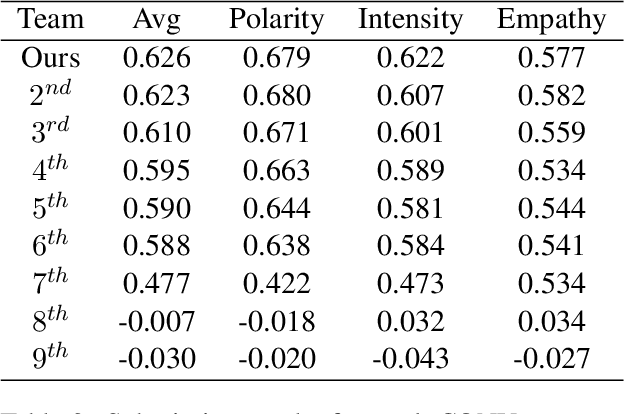
Abstract:Empathy and emotion prediction are key components in the development of effective and empathetic agents, amongst several other applications. The WASSA shared task on empathy and emotion prediction in interactions presents an opportunity to benchmark approaches to these tasks. Appropriately selecting and representing the historical context is crucial in the modelling of empathy and emotion in conversations. In our submissions, we model empathy, emotion polarity and emotion intensity of each utterance in a conversation by feeding the utterance to be classified together with its conversational context, i.e., a certain number of previous conversational turns, as input to an encoder Pre-trained Language Model, to which we append a regression head for prediction. We also model perceived counterparty empathy of each interlocutor by feeding all utterances from the conversation and a token identifying the interlocutor for which we are predicting the empathy. Our system officially ranked $1^{st}$ at the CONV-turn track and $2^{nd}$ at the CONV-dialog track.
Fuzzy Fingerprinting Transformer Language-Models for Emotion Recognition in Conversations
Sep 08, 2023Abstract:Fuzzy Fingerprints have been successfully used as an interpretable text classification technique, but, like most other techniques, have been largely surpassed in performance by Large Pre-trained Language Models, such as BERT or RoBERTa. These models deliver state-of-the-art results in several Natural Language Processing tasks, namely Emotion Recognition in Conversations (ERC), but suffer from the lack of interpretability and explainability. In this paper, we propose to combine the two approaches to perform ERC, as a means to obtain simpler and more interpretable Large Language Models-based classifiers. We propose to feed the utterances and their previous conversational turns to a pre-trained RoBERTa, obtaining contextual embedding utterance representations, that are then supplied to an adapted Fuzzy Fingerprint classification module. We validate our approach on the widely used DailyDialog ERC benchmark dataset, in which we obtain state-of-the-art level results using a much lighter model.
Context-Dependent Embedding Utterance Representations for Emotion Recognition in Conversations
Apr 17, 2023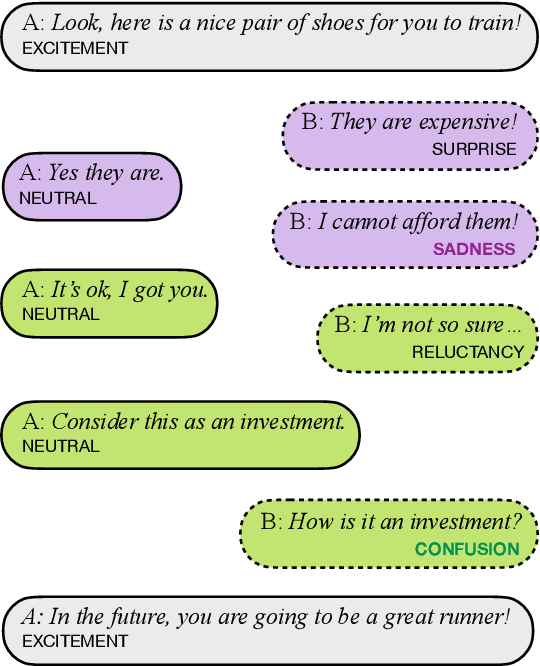
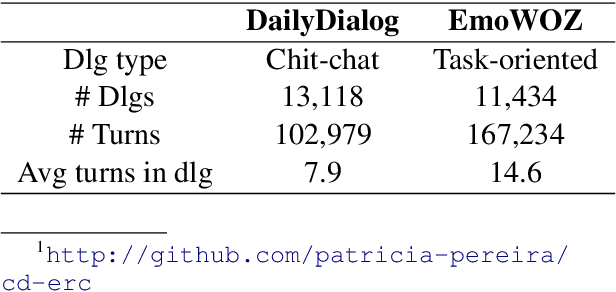
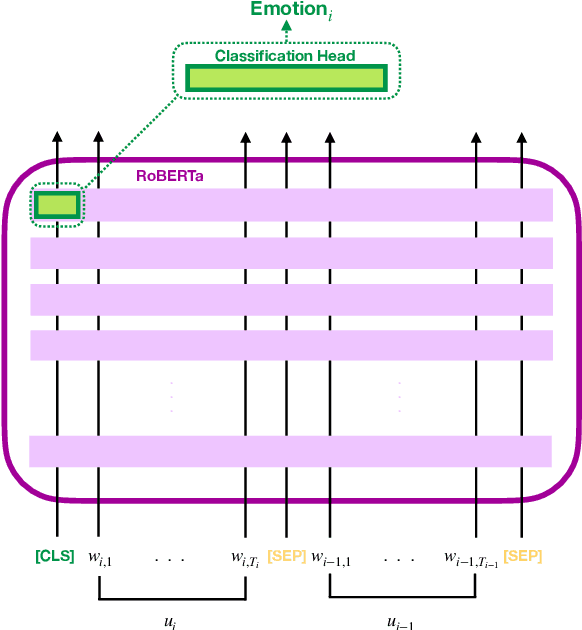
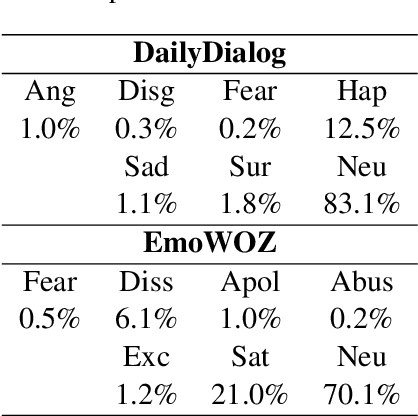
Abstract:Emotion Recognition in Conversations (ERC) has been gaining increasing importance as conversational agents become more and more common. Recognizing emotions is key for effective communication, being a crucial component in the development of effective and empathetic conversational agents. Knowledge and understanding of the conversational context are extremely valuable for identifying the emotions of the interlocutor. We thus approach Emotion Recognition in Conversations leveraging the conversational context, i.e., taking into attention previous conversational turns. The usual approach to model the conversational context has been to produce context-independent representations of each utterance and subsequently perform contextual modeling of these. Here we propose context-dependent embedding representations of each utterance by leveraging the contextual representational power of pre-trained transformer language models. In our approach, we feed the conversational context appended to the utterance to be classified as input to the RoBERTa encoder, to which we append a simple classification module, thus discarding the need to deal with context after obtaining the embeddings since these constitute already an efficient representation of such context. We also investigate how the number of introduced conversational turns influences our model performance. The effectiveness of our approach is validated on the widely used open-domain DailyDialog dataset and on the task-oriented EmoWOZ dataset, for which we attain state-of-the-art results, surpassing ERC models also resorting to RoBERTa but with more complex classification modules, indicating that our context-dependent embedding utterance representation approach with a simple classification model can be more effective than context-independent utterance representation approaches with more complex classification modules.
Deep Emotion Recognition in Textual Conversations: A Survey
Nov 16, 2022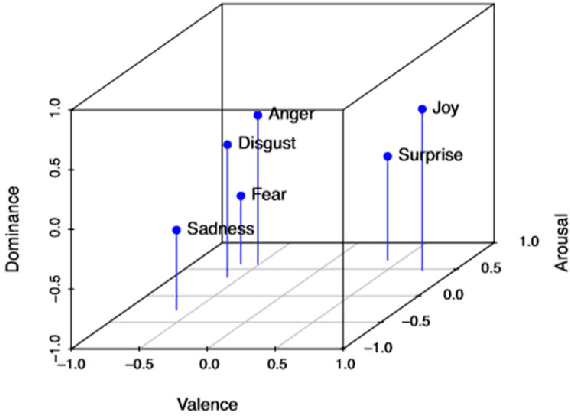
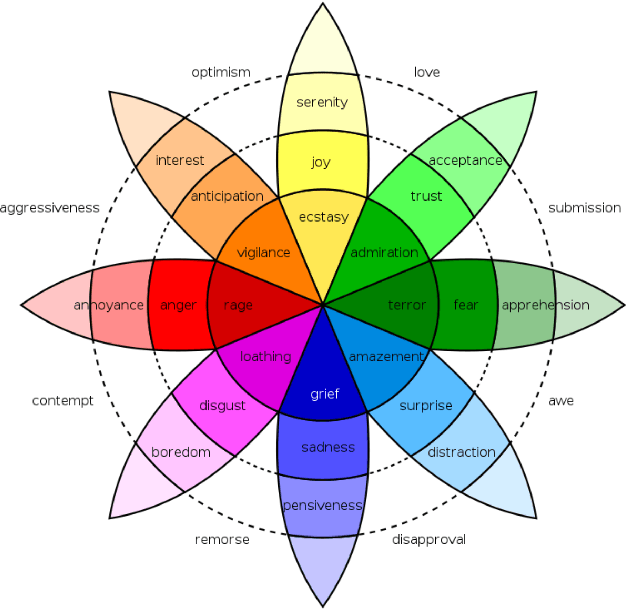
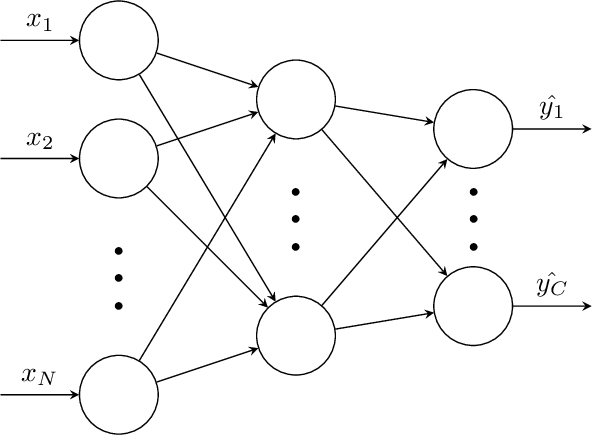
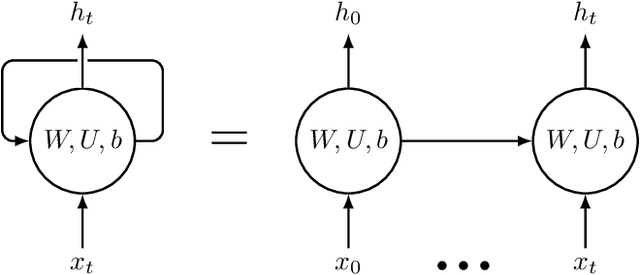
Abstract:While Emotion Recognition in Conversations (ERC) has seen a tremendous advancement in the last few years, new applications and implementation scenarios present novel challenges and opportunities. These range from leveraging the conversational context, speaker and emotion dynamics modelling, to interpreting common sense expressions, informal language and sarcasm, addressing challenges of real time ERC and recognizing emotion causes. This survey starts by introducing ERC, elaborating on the challenges and opportunities pertaining to this task. It proceeds with a description of the main emotion taxonomies and methods to deal with subjectivity in annotations. It then describes Deep Learning methods relevant for ERC, word embeddings, and elaborates on the use of performance metrics for the task and methods to deal with the typically unbalanced ERC datasets. This is followed by a description and benchmark of key ERC works along with comprehensive tables comparing several works regarding their methods and performance across different datasets. The survey highlights the advantage of leveraging techniques to address unbalanced data, the exploration of mixed emotions and the benefits of incorporating annotation subjectivity in the learning phase.
Retrieval Augmentation to Improve Robustness and Interpretability of Deep Neural Networks
Feb 25, 2021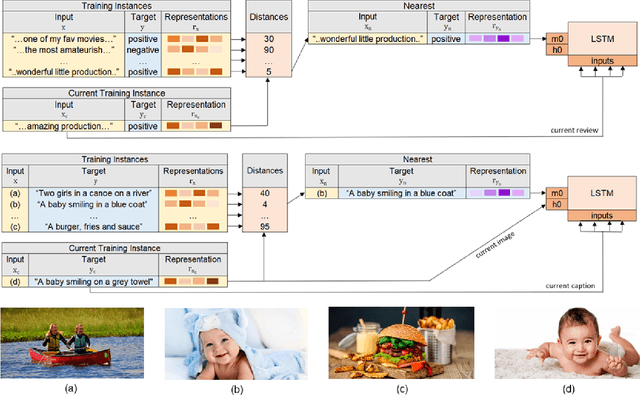
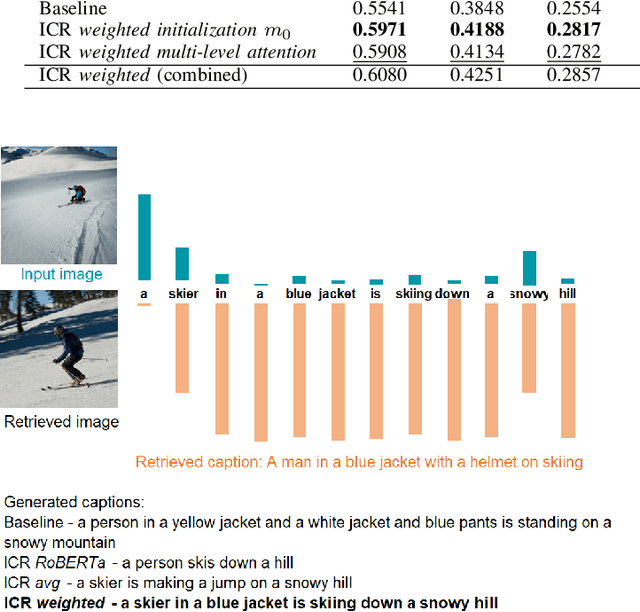
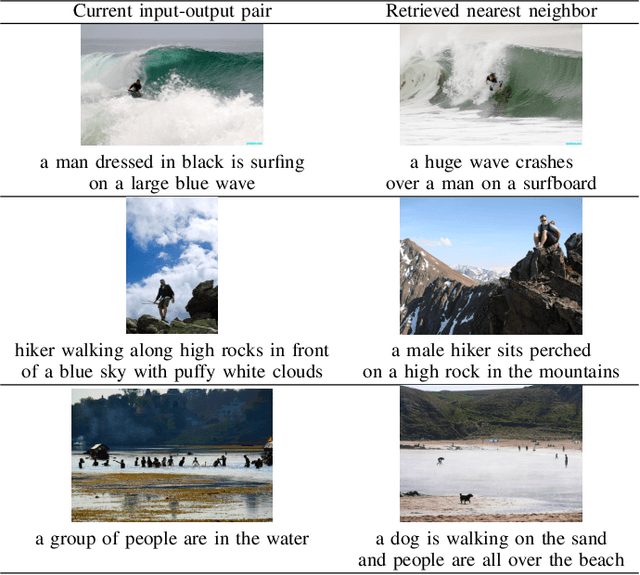

Abstract:Deep neural network models have achieved state-of-the-art results in various tasks related to vision and/or language. Despite the use of large training data, most models are trained by iterating over single input-output pairs, discarding the remaining examples for the current prediction. In this work, we actively exploit the training data to improve the robustness and interpretability of deep neural networks, using the information from nearest training examples to aid the prediction both during training and testing. Specifically, the proposed approach uses the target of the nearest input example to initialize the memory state of an LSTM model or to guide attention mechanisms. We apply this approach to image captioning and sentiment analysis, conducting experiments with both image and text retrieval. Results show the effectiveness of the proposed models for the two tasks, on the widely used Flickr8 and IMDB datasets, respectively. Our code is publicly available http://github.com/RitaRamo/retrieval-augmentation-nn.
 Add to Chrome
Add to Chrome Add to Firefox
Add to Firefox Add to Edge
Add to Edge